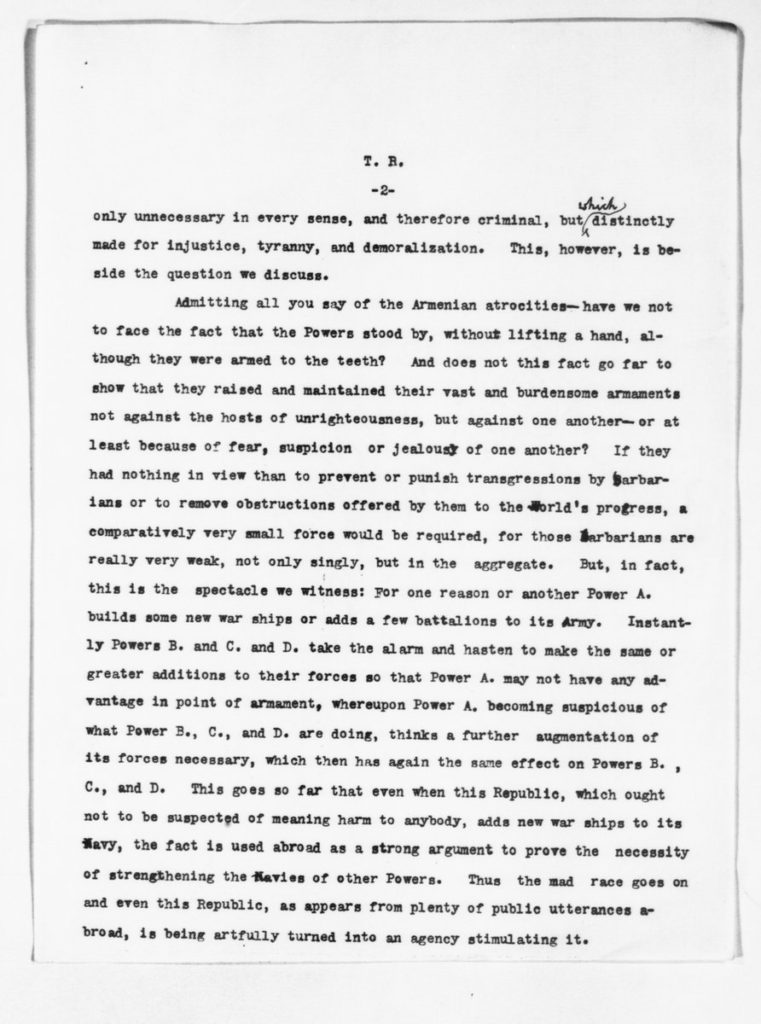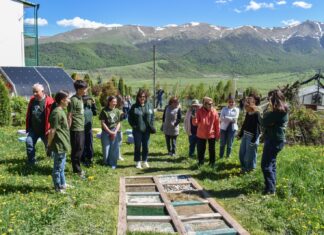By Haykaram Nahapetyan
Special to the Mirror-Spectator
WASHINGTON – During his recent trip to Washington, in connection with the Armenian Folklife Festival in the American capital, President Armen Sarkissian of Armenia visited Roosevelt Island. He honored the legacy of the 26th president of the United States, Theodore Roosevelt (1901-1909), and his support to the Armenian people during the tragic days of our history.
“The Armenian massacre was the greatest crime of the war…,” Roosevelt wrote in a letter to Cleveland Hadley Dodge in May of 1918 after he left the White House and was residing at his house in Oyster Bay, NY. Dodge, along with US Ambassador Henry Morgenthau, oversaw the creation of the American Committee for Armenian and Syrian Relief, later to be renamed Near East Relief.

The Letters of Theodore Roosevelt, published by Harvard University Press in the 1950s, included the above-mentioned document. Roosevelt, who was historically known for his energetic and straight forward policy, was against Washington’s initial attempts to remain somewhat neutral during World War I. As is well known, even though World War I started in the summer of 1914, the US joined the war later, in April of 1917, first against Germany and later against the Austro-Hungarian Empire. In his aforementioned letter, Roosevelt continued as follows:
“The Armenian horror is an accomplished fact. Its occurrence was largely due to the policy of pacifism this nation has followed for the last four years. The presence of our missionaries, and our failure to go to war, did not prevent the Turks from massacring between half a million and a million Armenians, Syrians, Greeks and Jews – the overwhelmingly majority being Armenians.”










